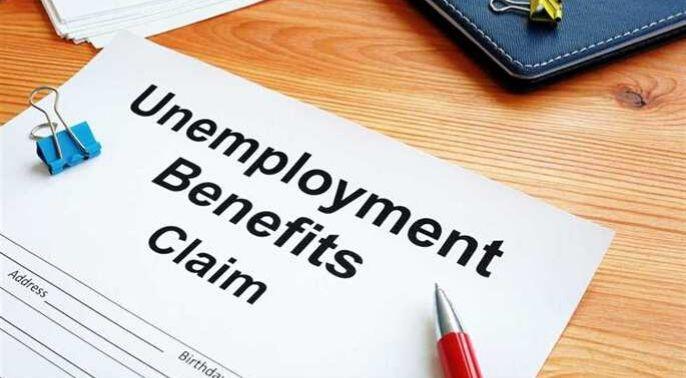Analyzing the political, social, and economic reasons that a government would introduce or extend a policy is a complicated affair. Analyzing exactly why governments do what they do during a pandemic that’s been called unprecedented so many times that it’s become cliché, is daunting. To fully understand the impact of the CERB will take years, if not decades. Entire theses will be written on it.
In this humble post, we’ll instead offer a quick overview of what the CERB is, how long it was extended for, and what the government’s goals may be for the extension. We’ll try to keep speculation at a minimum.
The Canada Emergency Response Benefit (CERB) is a benefit offered by the Government of Canada to Canadians whose employment has been affected by COVID-19. There are a number of eligibility requirements – in essence, if you stopped working due to COVID-19, were on EI, or had your EI benefits stop between December 29, 2019 and October 3, 2020, you should apply. Even Canadians who aren’t sure of their eligibility may apply, but should be aware that they would be required to pay back the CERB if it is found they did not meet the eligibility requirements.
Recipients of the CERB receive $500 a week; this is considered taxable income.
The government answers the questions of what the CERB extension is and why it’s being extended here. In brief, the CERB was capped at a maximum of 16 weeks (or $8,000). The Government is extending the benefit by 8 weeks, meaning the maximum amount payable by the CERB is $12,000 (as of July 5th, the day this article was written).
The philosophy behind the CERB is plainly stated – to provide Canadians “timely and efficient support when they need it most for reasons related to COVID-19”. The extension was created because Canadians “may still be out of work and still need temporary income support” though there is “positive progress in the number of people returning to the workforce”.
Available data gives credence to the government’s reasoning – while 289,600 jobs were added to the economy in the month of May, Canada’s unemployment rate hit a record high: 13.7%.
The increase in available jobs is somewhat unsurprising; economies across Canada have begun to reopen as the number of daily new cases has continued to fall. It may be in light of this that the government has asked individuals accepting the CERB extension to attest that they are actively looking for employment. The CRA may request records to confirm that you are looking for/looked for working while receiving the CERB.
Looking to understand how the CERB might affect your taxes? A Winnipeg accountant can help. Keep in mind that the CERB is a taxable benefit, so it’s a good idea to put a portion of it in an appropriate investment vehicle for when you’ll be required to pay your taxes on it.

